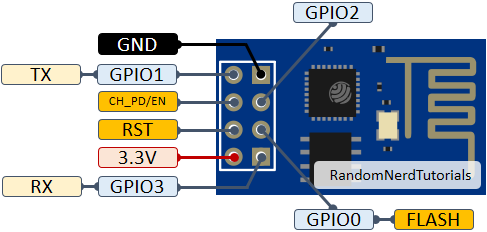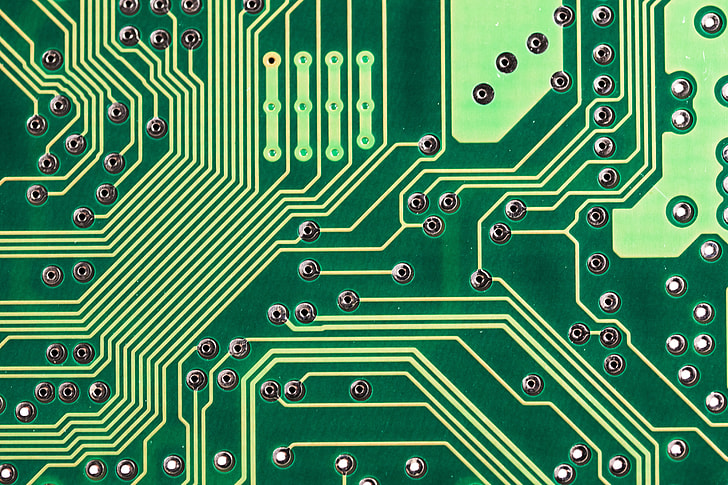The ESP8266 is a product of Espressif Systems and is a wifi microchip designed for IoT applications. Despite there being newer generation microchips, the ESP8266 still remains the popular choice and a favorite among IoT manufacturers and developers. It’s small in size, low cost and is adaptable with various embedded devices.
This standalone wireless receiver uses a 32-bit RISC CP, has a 96 KB data RAM, and a 64 KB instruction RAM. It also has a 64 KB boot ROM,and an external flash memory which you can access using SPI.
ESP8266 Datasheet
According to its datasheet, some of the main specs of the sensor are:
- 16 GPIO general-purpose input/output
- Supports antenna diversity
- 10-bit ADC analog-to-digital conversion
- Wi-Fi Direct (P2P), soft-AP
- Standby power consumption of < 1.0mW (DTIM3)
- Integrated temperature sensor
- Integrated TCP/IP protocol stack
- Power down leakage current of < 10uA
- Integrated TR switch, matching network, LNA, balun and power amplifier
- 802.11 b/g/n protocol
- Integrated PLL, power management units and regulators.
The following are the key application areas for the sensor:
The ESP8266 Wifi Microchip has various applications in the IoT spectrum but the most common functions include;
- Used on smart security devices including smart locks and surveillance cameras.
- Accessing web pages written in development languages and HTML.
- Creating direct communications usnf P2P connectivity.
- Data processing
- Networking
ESP8266 Pinout

The ESP8266 Wifi Microchip comes in various pin options since 3rd party manufacturers produce varying modes for the chip. For instance, the ESP-01 and ESP-02 have 8 pins but the 01 has 2 GPIO pins while the 02 has 3 GPIO pins. The ESP-03 and ESP-04 have 14 pins but the 03 has a ceramic antenna, etc.
ESP8266 Equivalents and Replacement Details
You can use the NodeMCU, Wemos D1 Mini, Arduino Nano 33 IoT and Arduino MKR1000 but make sure you review your options before settling on a replacement.



